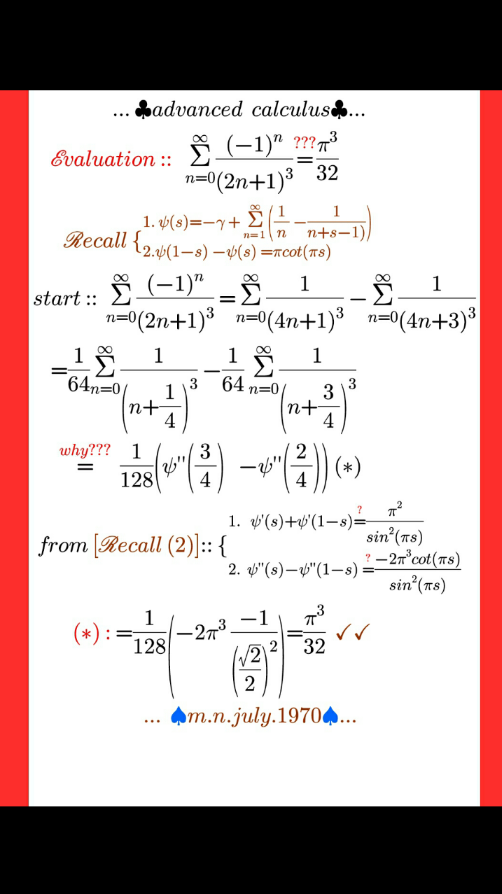
AllQuestion and Answers: Page 1017
Question Number 118171 Answers: 0 Comments: 2

Question Number 118166 Answers: 1 Comments: 0

Question Number 118165 Answers: 2 Comments: 1

Question Number 118161 Answers: 2 Comments: 0
Question Number 118156 Answers: 0 Comments: 2
$$\left(\mathrm{1}−{x}^{\mathrm{2}} \right){y}''−\mathrm{8}{xy}'−\mathrm{12}{y}=\mathrm{0} \\ $$
Question Number 118150 Answers: 2 Comments: 1
Question Number 118145 Answers: 3 Comments: 1
Question Number 118142 Answers: 0 Comments: 0

Question Number 118138 Answers: 2 Comments: 0

Question Number 118140 Answers: 2 Comments: 0
Question Number 118133 Answers: 1 Comments: 5
Question Number 118120 Answers: 1 Comments: 1
Question Number 118118 Answers: 3 Comments: 0
Question Number 118113 Answers: 3 Comments: 0
$$\int\:\frac{{dx}}{{x}^{\mathrm{3}} \:\sqrt{{x}^{\mathrm{2}} −{a}^{\mathrm{2}} }}\:=?\: \\ $$
Question Number 118111 Answers: 2 Comments: 0
Question Number 118109 Answers: 0 Comments: 0

Question Number 118104 Answers: 0 Comments: 1
Question Number 118090 Answers: 4 Comments: 1
Question Number 118088 Answers: 1 Comments: 0
Question Number 118084 Answers: 0 Comments: 1
Question Number 118083 Answers: 1 Comments: 0

Question Number 118081 Answers: 1 Comments: 3
Question Number 118078 Answers: 2 Comments: 0
Question Number 118073 Answers: 2 Comments: 0
Question Number 118070 Answers: 0 Comments: 4

Question Number 118069 Answers: 1 Comments: 0
Pg 1012 Pg 1013 Pg 1014 Pg 1015 Pg 1016 Pg 1017 Pg 1018 Pg 1019 Pg 1020 Pg 1021
